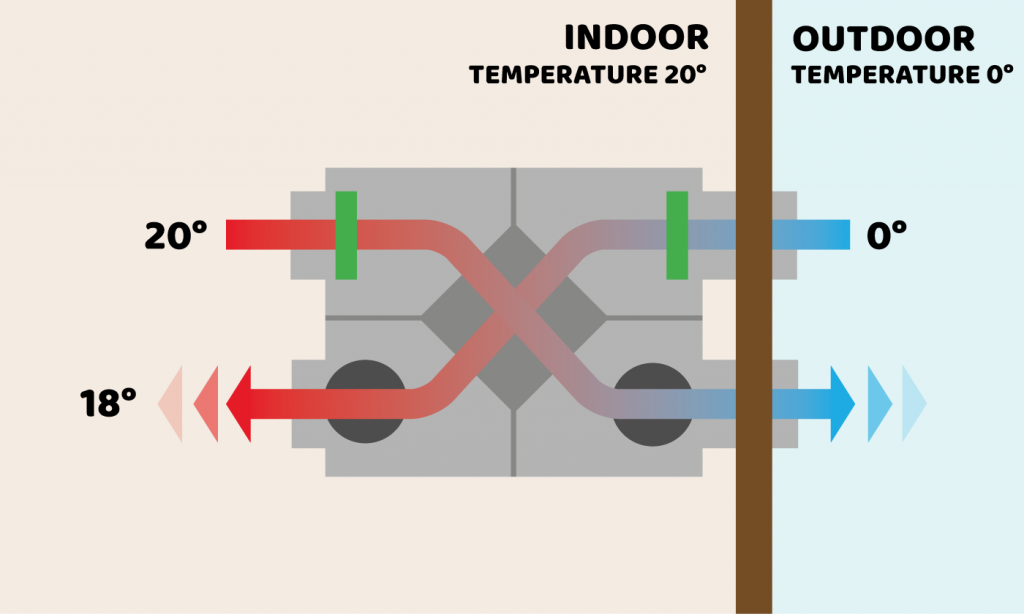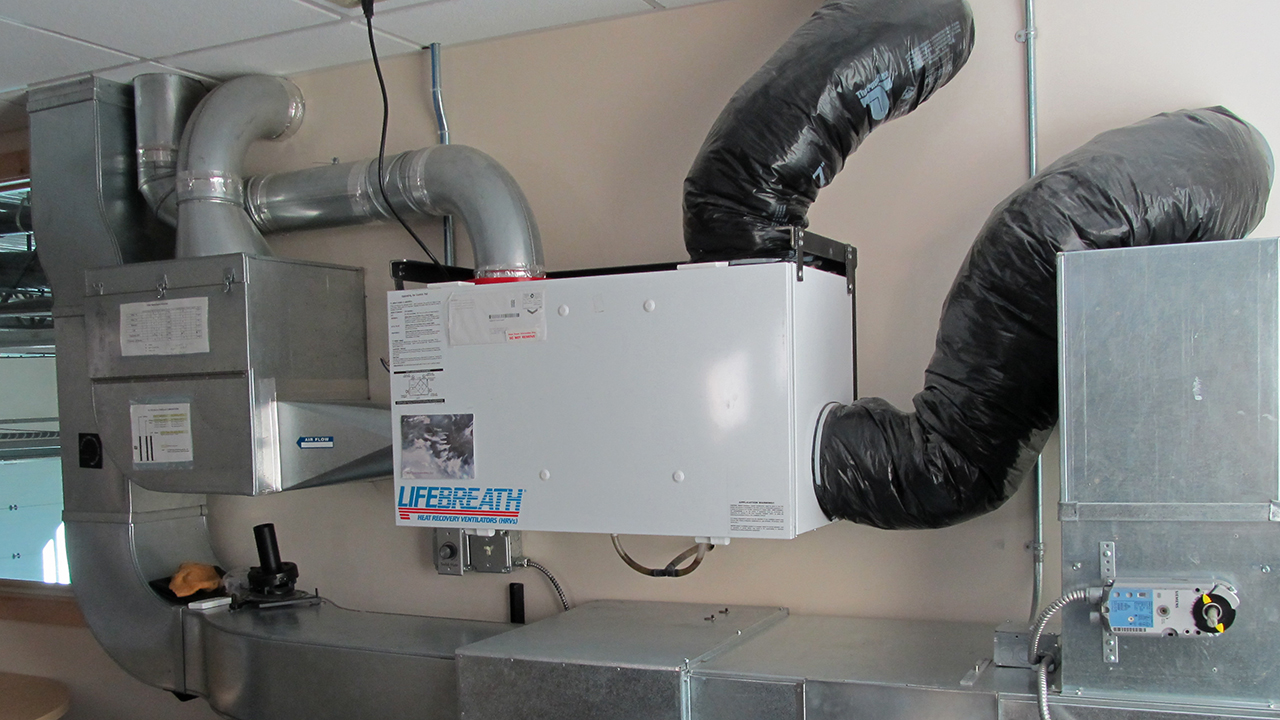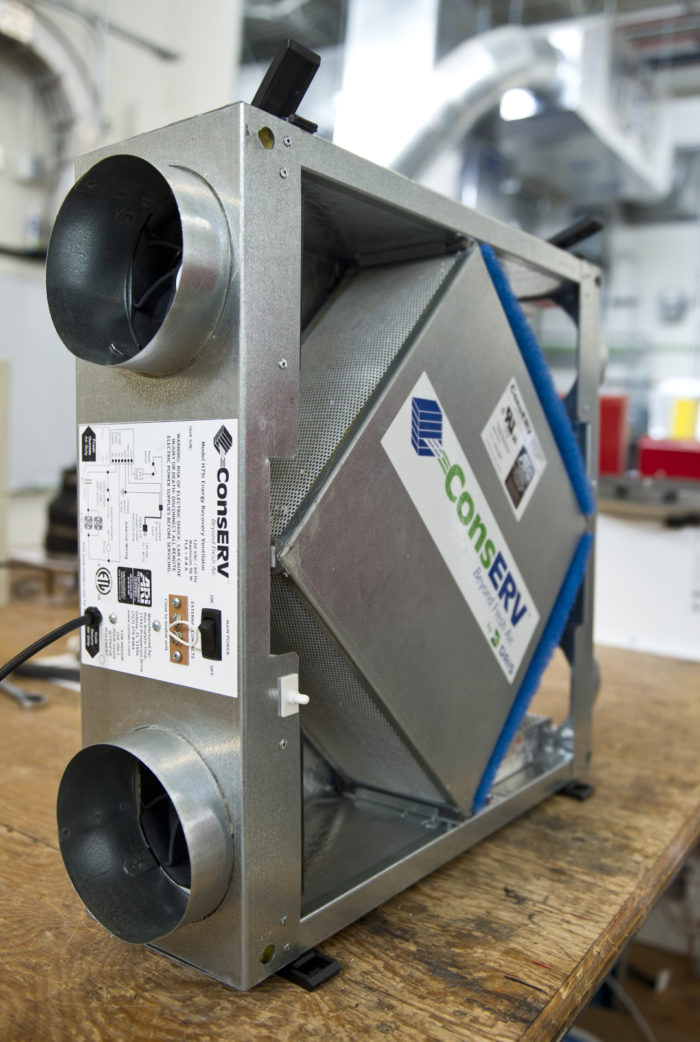7 Indicators You Could Benefit From HRV in Your Home
Discovering the Benefits of Heat Recovery Ventilation for Power Effectiveness in Residences
Heat Recovery Ventilation (HRV) systems use house owners a functional method to improving energy performance. By recovering warm from outward bound air, these systems can significantly reduce heating and cooling expenses. Furthermore, they supply a constant supply of fresh air, boosting interior air top quality and convenience levels. As property owners consider lasting options, understanding the subtleties of HRV systems ends up being progressively essential. What elements should one assess prior to making such a financial investment?
Recognizing Heat Recovery Ventilation Systems

Exactly How HRV Enhances Indoor Air High Quality

Energy Cost Savings: The Monetary Benefits of HRV
Making the most of power performance, heat recovery ventilation (HRV) systems offer considerable financial benefits for homeowners. By recovering and recycling warm from exhaust air, HRVs substantially minimize cooling and heating costs. This modern technology can cause energy financial savings of as much as 30%, relying on environment and usage patterns. article Homeowners often see minimized energy expenses shortly after installation, making HRVs a monetarily sensible investment over time. Furthermore, numerous regions supply incentives or discounts for energy-efficient upgrades, further boosting the monetary appeal. As power rates remain to increase, the cost-effectiveness of HRVs comes to be significantly clear. In general, the unification of HRV systems not only promotes power effectiveness but also contributes to lasting monetary savings for families.
The Ecological Impact of Heat Recovery Ventilation
A significant environmental benefit of heat recovery ventilation (HRV) systems lies in their ability to minimize overall energy consumption. By recovering warmth from exhaust air and moving it to inbound fresh air, HRV systems decrease the requirement for energy-intensive heating and cooling methods. This decrease in power demand contributes to decrease greenhouse gas discharges, as less nonrenewable fuel source is required to keep comfy interior temperatures. Furthermore, HRV systems boost interior air top quality by efficiently trading stale air with fresh outdoor air, reducing dependence on mechanical cooling systems that can damage the atmosphere. On the whole, the execution of HRV systems supports lasting living methods and aligns with worldwide efforts to deal with environment change by promoting energy efficiency in household setups.
Picking the Right HRV System for Your Home
Just how can homeowners guarantee they choose the best heat recovery ventilation (HRV) system for their needs? Initially, they need to examine their home's dimension and format, as these variables influence airflow requirements. Next, assessing the system's efficiency scores is vital, as greater ratings indicate much better efficiency and energy financial savings. Property owners must likewise consider installation and upkeep expenses, contrasting different brand names and versions for value. Furthermore, it is essential to evaluate noise levels, as some systems run even more silently than others. Consulting with heating and cooling specialists can give tailored recommendations based upon specific home conditions. Examining individual evaluations and service warranties can aid in making an informed choice, making certain that the chosen HRV system effectively improves interior air quality and power performance.
Frequently Asked Concerns

How Frequently Should I Clean or Maintain My HRV System?
The frequency of cleansing or preserving a warmth click to read more healing air flow (HRV) system usually relies on use and environmental factors. Normally, it is advisable to perform maintenance every six months to ensure peak efficiency and air top quality.

Can HRV Systems Aid Reduce Moisture Degrees Indoors?
HRV systems can efficiently lower interior moisture degrees by exchanging stale, moist air with fresh, drier air from outdoors. HRV Heat Recovery Ventilation. This process assists maintain a well balanced interior environment, improving convenience and avoiding moisture-related issues
What Is the Life expectancy of a Regular HRV System?
The life-span of a regular heat recovery ventilation (HRV) system varies, normally lasting in between 10 to 15 years. Normal upkeep can prolong its effectiveness and operational life, making certain peak efficiency throughout its usage period.
Exist Any Kind Of Sound Worries With HRV Systems?
Noise problems with HRV systems can emerge, particularly from fan operation. Nonetheless, many modern systems are developed to minimize sound degrees, guaranteeing they run silently while keeping efficiency, which addresses potential disruptions in living atmospheres.
Can I Mount an HRV System Myself, or Do I Required a Professional?
The private contemplated whether to install the heat recovery ventilation (HRV) system personally or work with try this web-site a professional. Generally, while do it yourself setup is feasible, experience assurances appropriate functionality and compliance with neighborhood building regulations, enhancing system effectiveness.